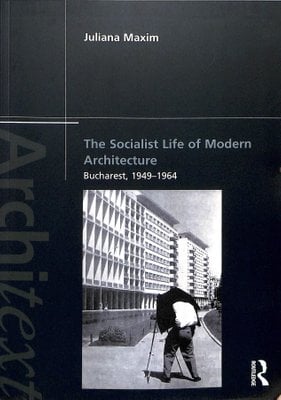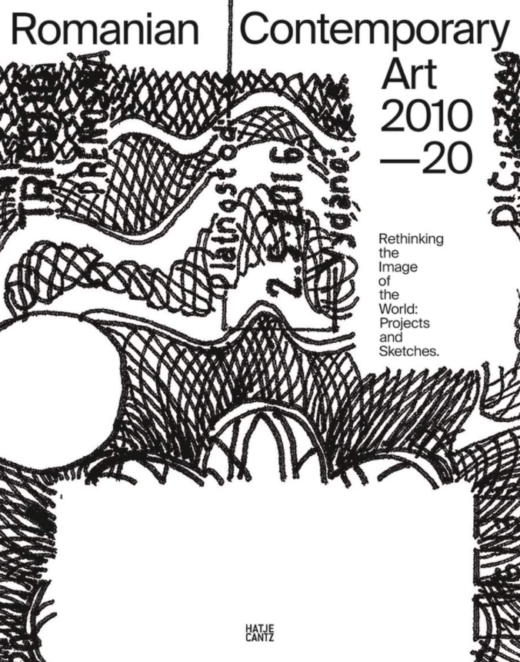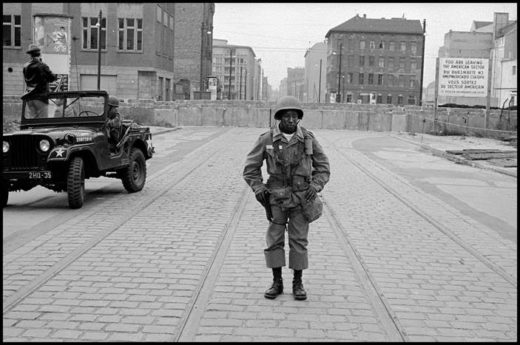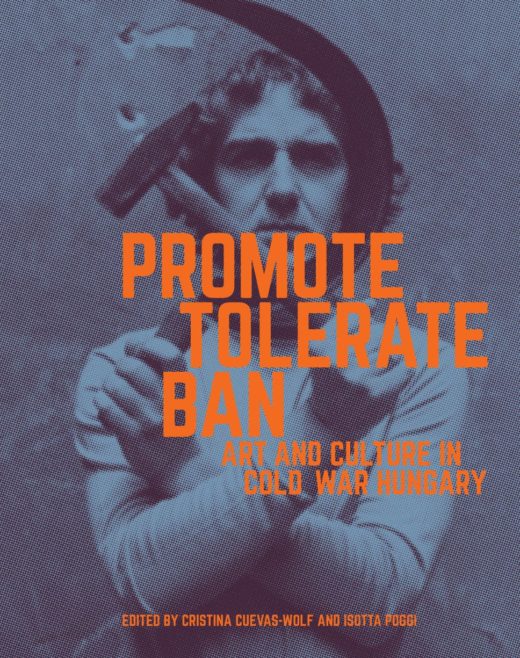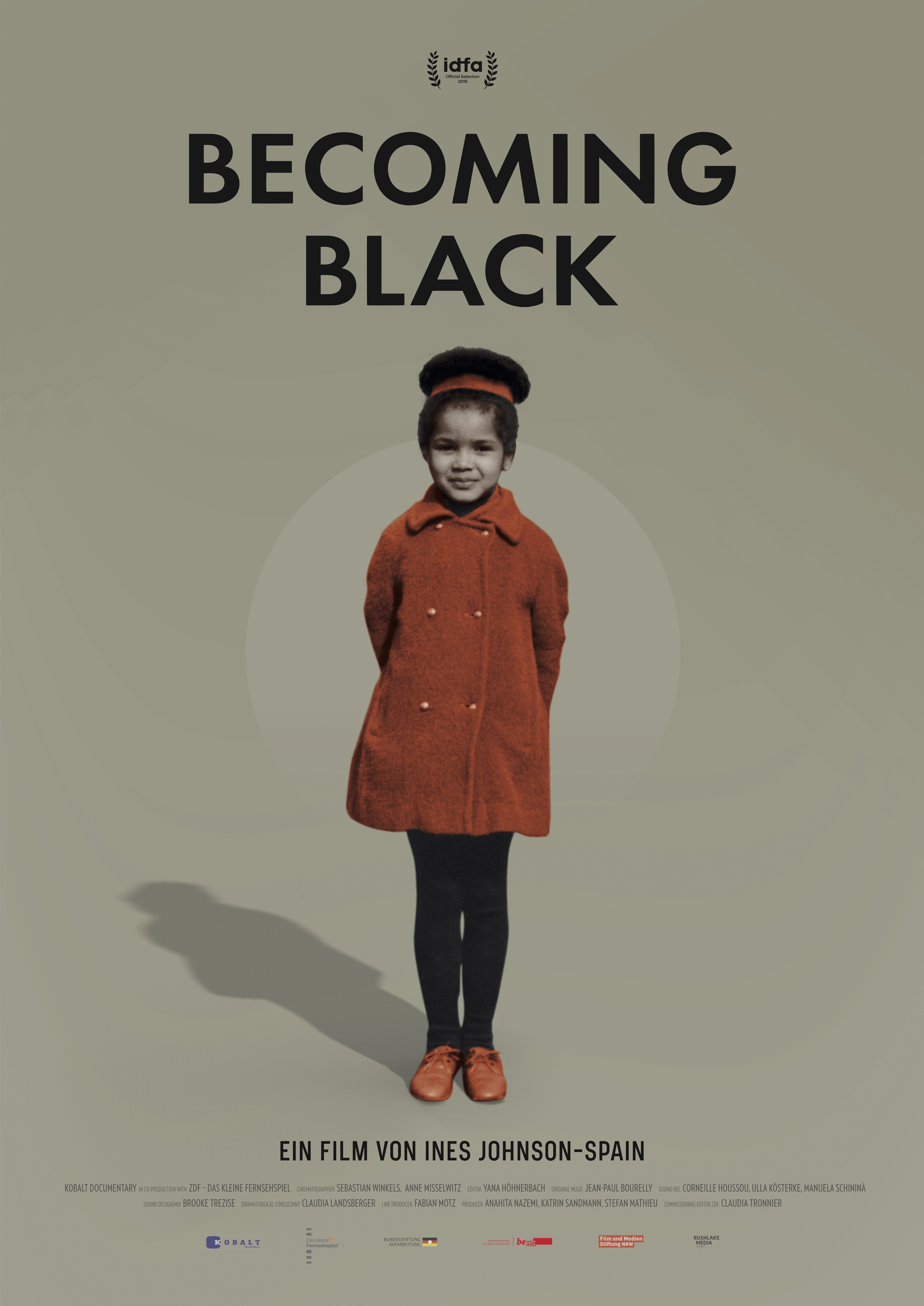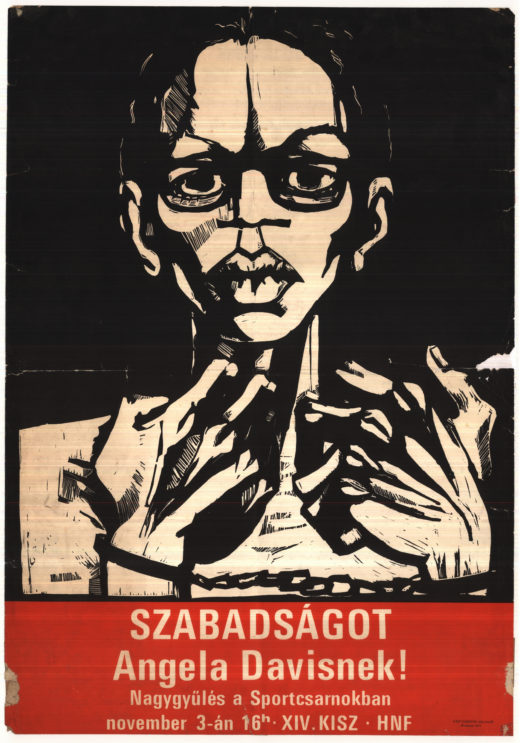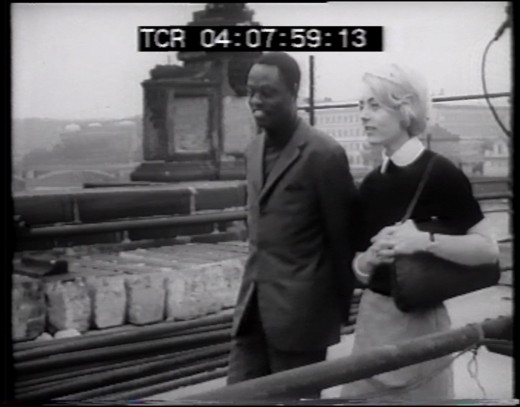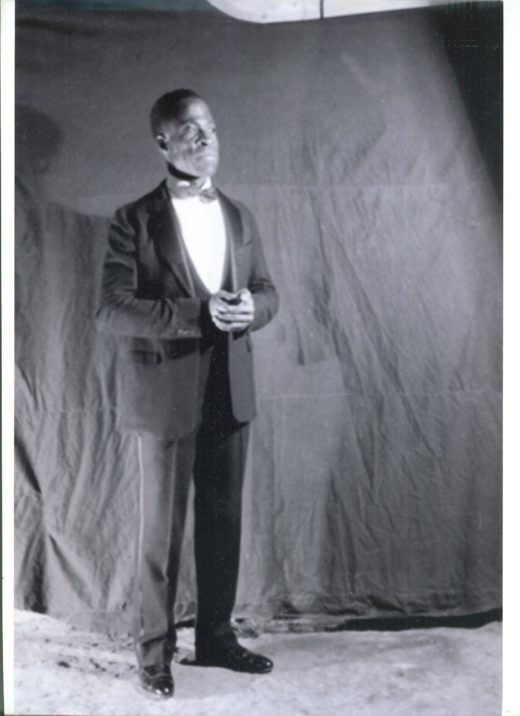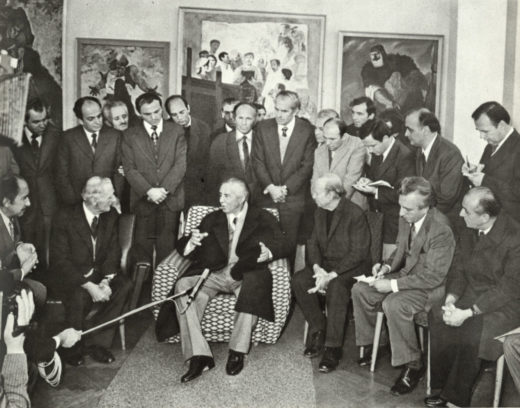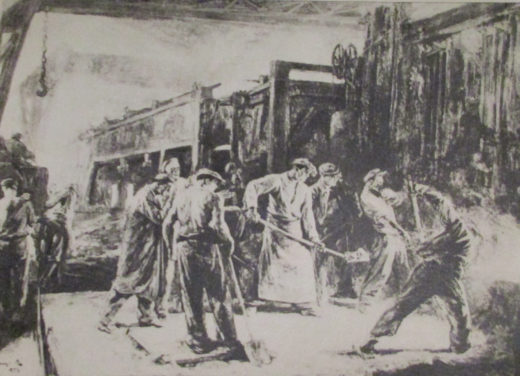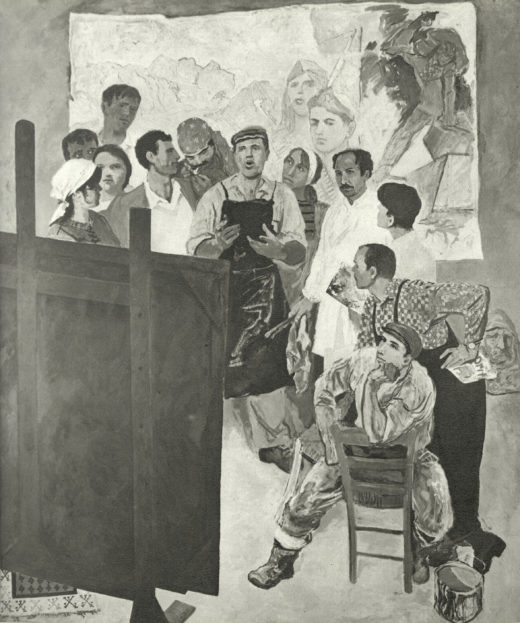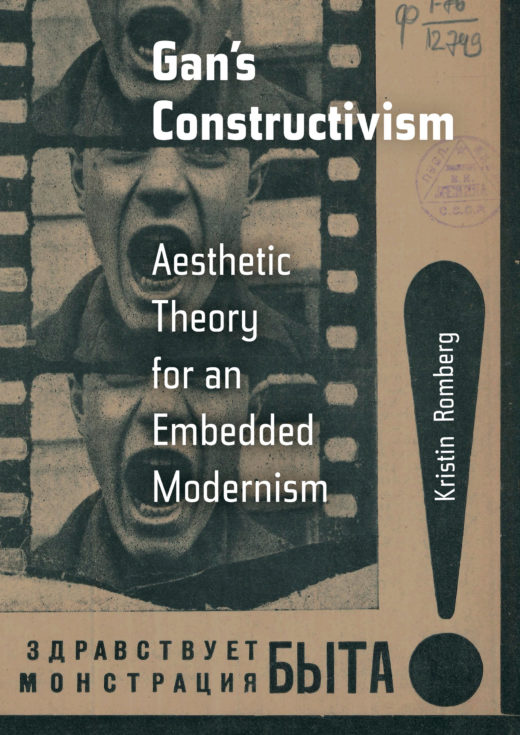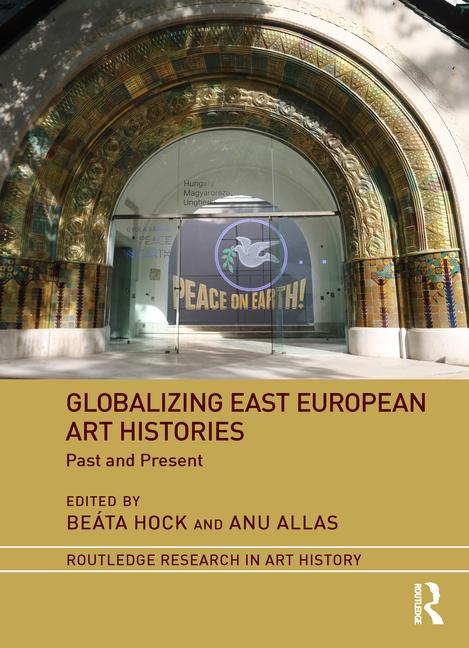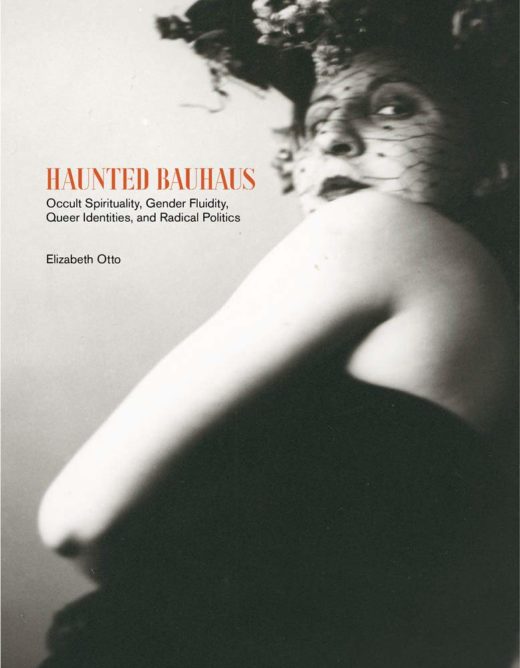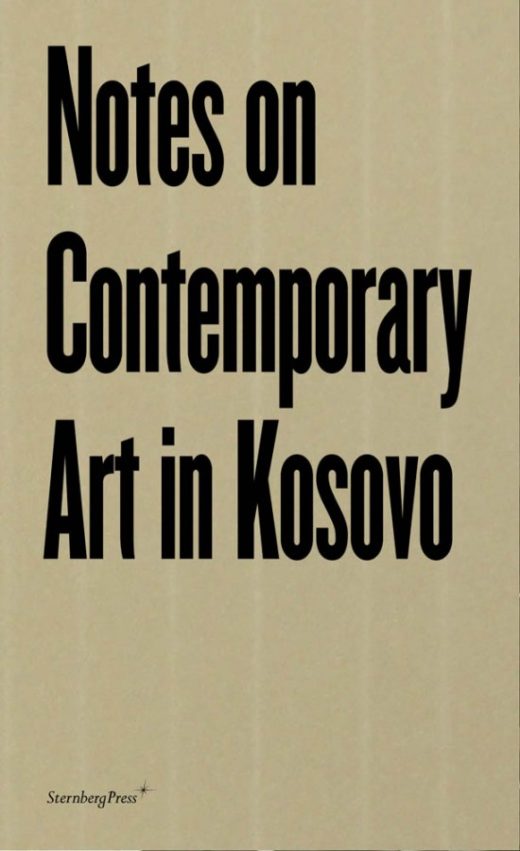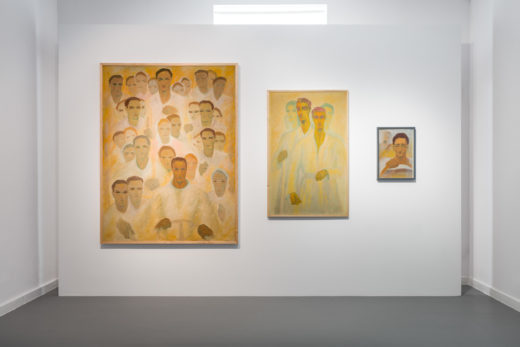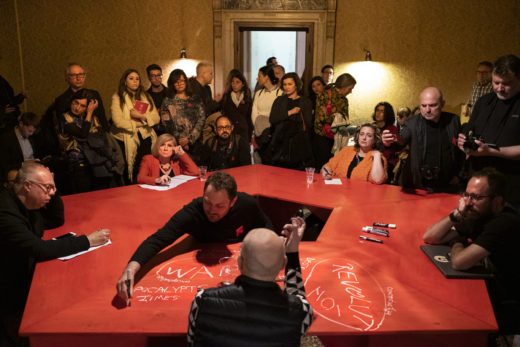The Socialist Life of Modern Architecture: Bucharest 1949-1964
Juliana Maxim, The Socialist Life of Modern Architecture: Bucharest 1949-1964 (NY: Routledge, 2019), 188 PP.
Socialist architecture has been the object of a growing subfield of architectural history for more than a decade. The subfield grew at the intersection of anthropology, sociology and political history delving into issues concerning spatiality and everyday life but also conceptions of design, construction and modernity. Socialist architecture’s bad reputation as being non-architectural, which can only be compared to that of Socialist Realist art, has long obstructed scholarly interest in many countries of the former Soviet Bloc. Juliana Maxim’s book is the first monograph in … Read more

